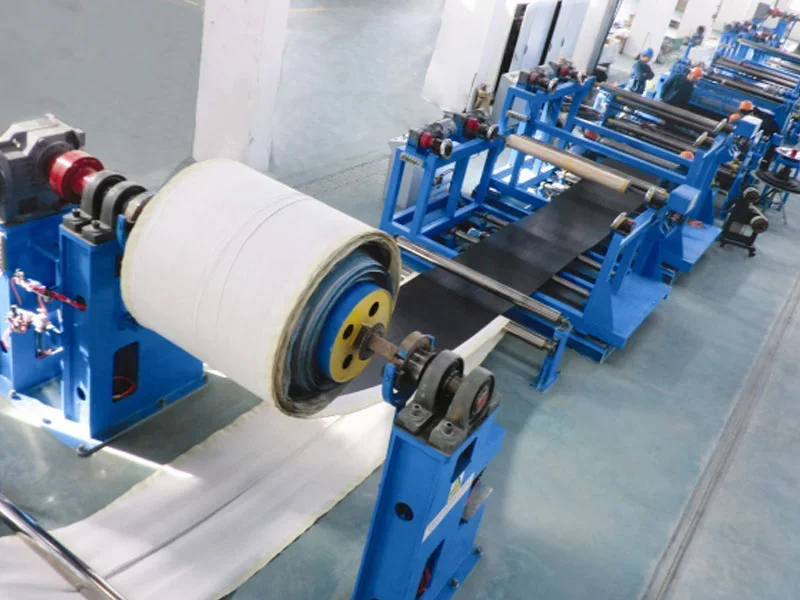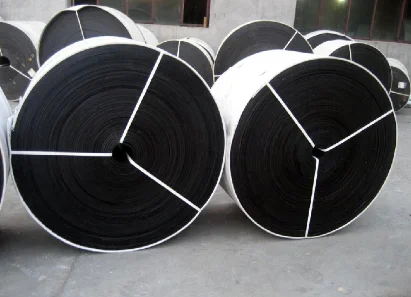Conveyor belt systems play a crucial role in various industries, facilitating the movement of materials and products throughout the production process. One key factor that significantly impacts the efficiency and performance of these systems is maintaining constant tension. In this article, we will explore the importance of constant tension in conveyor belt systems and how it enhances production efficiency.
Understanding Conveyor Belt Systems
Overview of Conveyor Belt Systems
Conveyor belt systems consist of a continuous loop of material, typically made of rubber or fabric, which moves objects from one location to another. These systems are widely used in industries such as manufacturing, mining, agriculture, and logistics.
Components of Conveyor Belt Systems
Conveyor belt systems comprise various components, including the belt itself, pulleys, rollers, motorized drives, and tensioning devices. Each component plays a crucial role in ensuring the smooth and efficient operation of the system.
The Significance of Constant Tension
Ensuring Proper Belt Tracking
Maintaining constant tension in conveyor belt systems is essential for proper belt tracking. When the tension is uneven or inconsistent, the belt may deviate from its intended path, leading to misalignment, increased wear and tear, and potential damage to the system.
Preventing Slippage
Constant tension helps prevent slippage between the belt and the pulleys or rollers. Slippage can occur when the tension is too low, resulting in reduced traction and decreased efficiency. By maintaining optimal tension, the risk of slippage is minimized, ensuring smooth and uninterrupted material flow.
Reducing Belt Stretching
Conveyor belts are subject to stretching over time due to continuous use and heavy loads. Constant tension helps minimize belt stretching, which can lead to increased maintenance requirements, decreased lifespan, and potential system failures. By keeping the tension consistent, the belt remains taut, reducing the risk of stretching and associated issues.

Enhancing Production Efficiency
Minimizing Downtime
By maintaining constant tension, conveyor belt systems experience fewer instances of misalignment, slippage, and stretching. This, in turn, reduces the frequency of system breakdowns and unplanned downtime, resulting in increased production efficiency and improved overall productivity.
Optimizing Material Handling
Constant tension ensures that materials are transported smoothly and efficiently along the conveyor belt system. With proper belt tracking and reduced slippage, the risk of material spillage or jams is minimized, allowing for seamless material handling and improved operational efficiency.
Extending Belt Lifespan
Consistent tension helps prolong the lifespan of conveyor belts by minimizing stretching and reducing wear and tear. By reducing the need for frequent belt replacements, businesses can save on maintenance costs and enhance long-term production efficiency.

Conclusion
Maintaining constant tension in conveyor belt systems is crucial for enhancing production efficiency. By ensuring proper belt tracking, preventing slippage, and reducing belt stretching, businesses can minimize downtime, optimize material handling, and extend the lifespan of conveyor belts. Investing in regular maintenance and utilizing advanced tensioning devices can help achieve and maintain optimal tension levels, ultimately leading to improved overall operational performance.




